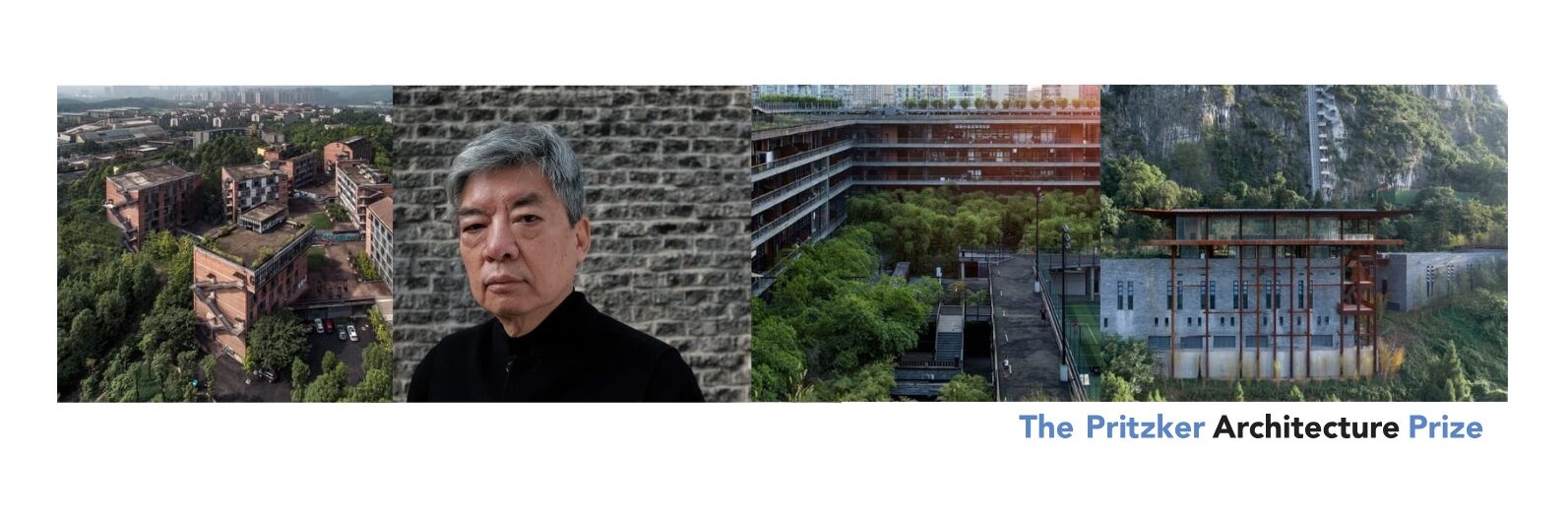Liu Jiakun – The Architect of Uncertainty.
A Reflection on the 2025 Pritzker Prize Laureate
Marcin Szczelina
The Pritzker Prize is not just a distinction for an individual. It serves as a barometer of architectural trends and a response to global challenges. Each laureate is a sign of the times, reflecting both the anxieties and hopes that accompany the contemporary world. This year’s selection of Liu Jiakun is no exception. It is a decision that speaks volumes about the condition of architecture and our reality, more than one might initially assume.

Liu Jiakun, photo courtesy of The Hyatt Foundation/The Pritzker Architecture Prize
Liu Jiakun comes from China. In his youth, as part of the country’s “Zhiqing” program, he was sent to rural areas to work in agriculture—an experience that had a profound impact on his later approach to design. His work is deeply rooted in respect for local communities and their traditions. “I always strive to be like water—to permeate a place without imposing a predetermined form, while simultaneously absorbing the essence of the local environment,” Jiakun states. This philosophy is evident in nearly all of his projects.
The Pritzker Prize jury also highlighted Liu Jiakun’s approach to the design process: “Rather than adhering to a particular style, he has developed a strategy that never relies on repetitive methods but instead focuses on an individual assessment of the specific characteristics and requirements of each project.” His is not an architecture of spectacular forms but one that draws from tradition without nostalgia. As the jury put it, “He reinterprets historical forms, integrating them into dynamic public spaces.”
Jiakun does not design skyscrapers that define metropolitan skylines; instead, his buildings are deeply embedded in their local contexts. His architecture is an homage to tradition—but not in a nostalgic, museum-like manner. It is a tradition reinterpreted and adapted to contemporary realities. This approach is best reflected in his specific projects.

Design Department on new campus, Sichuan Fine Arts Institute, photo courtesy of Jiakun Architects

West Village, photo courtesy of Arch-Exist
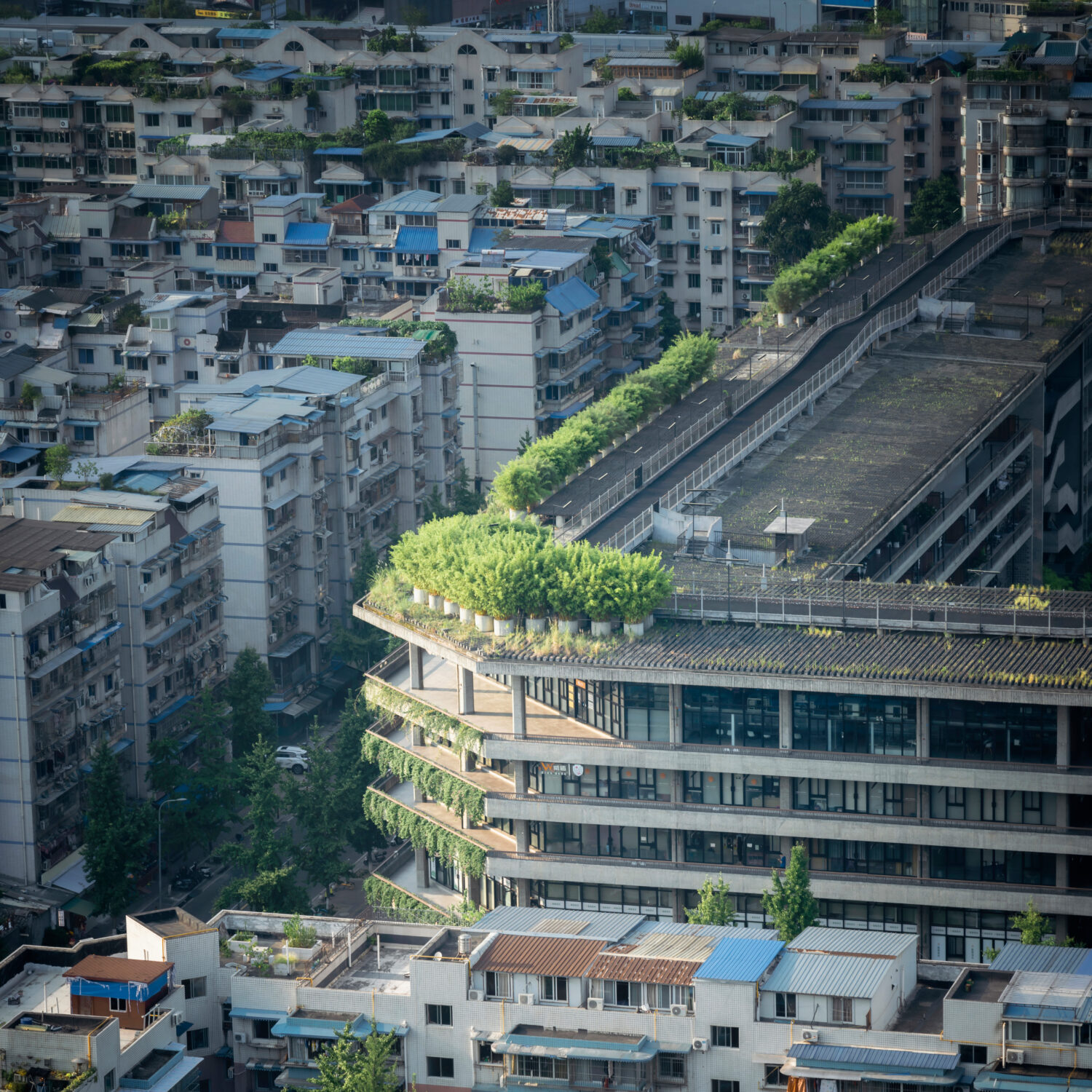
West Village, photo courtesy of Qian Shen Photography
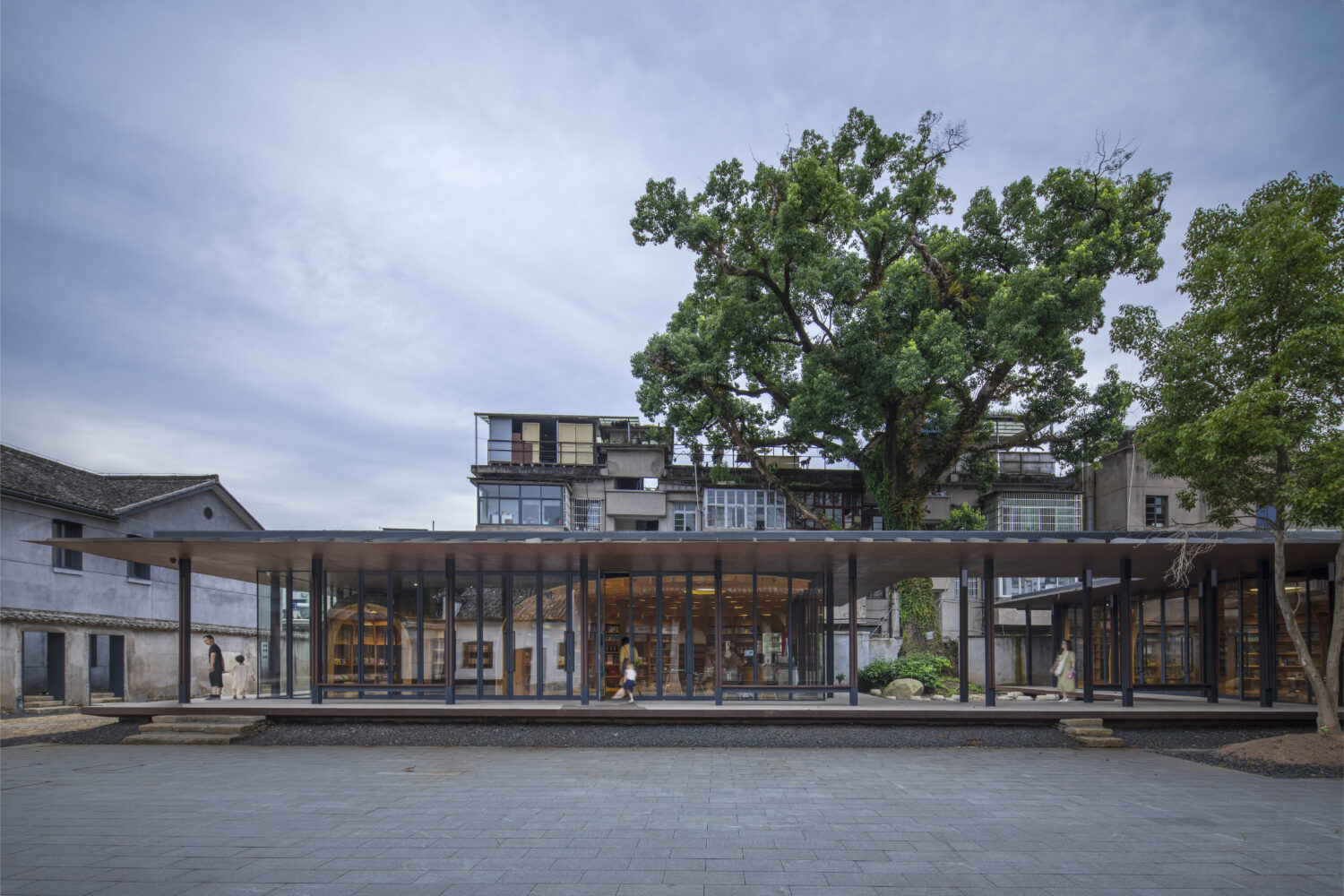
Songyang Culture Neighborhood, photo courtesy of Arch-Exist
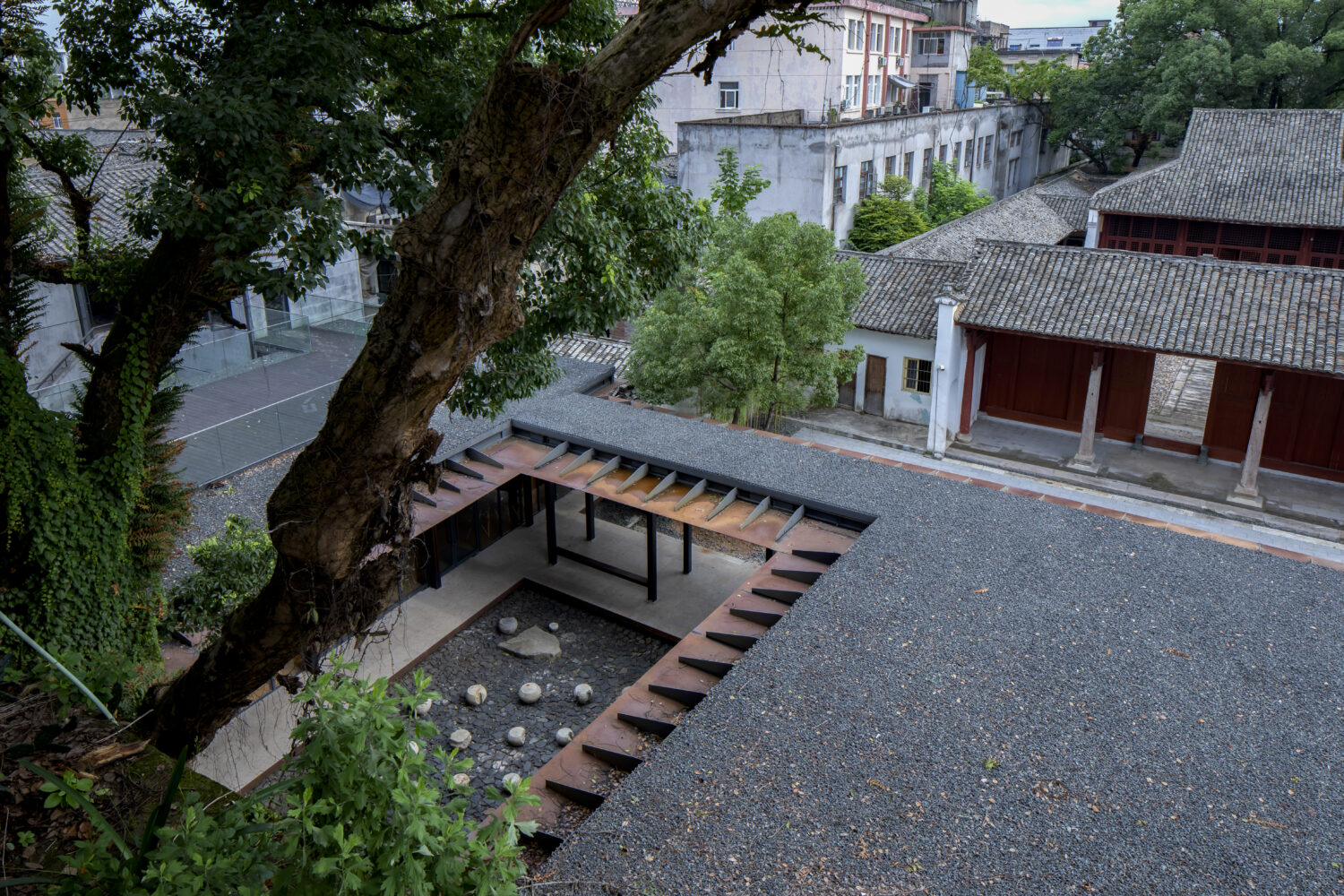
Songyang Culture Neighborhood, photo courtesy of Arch-Exist
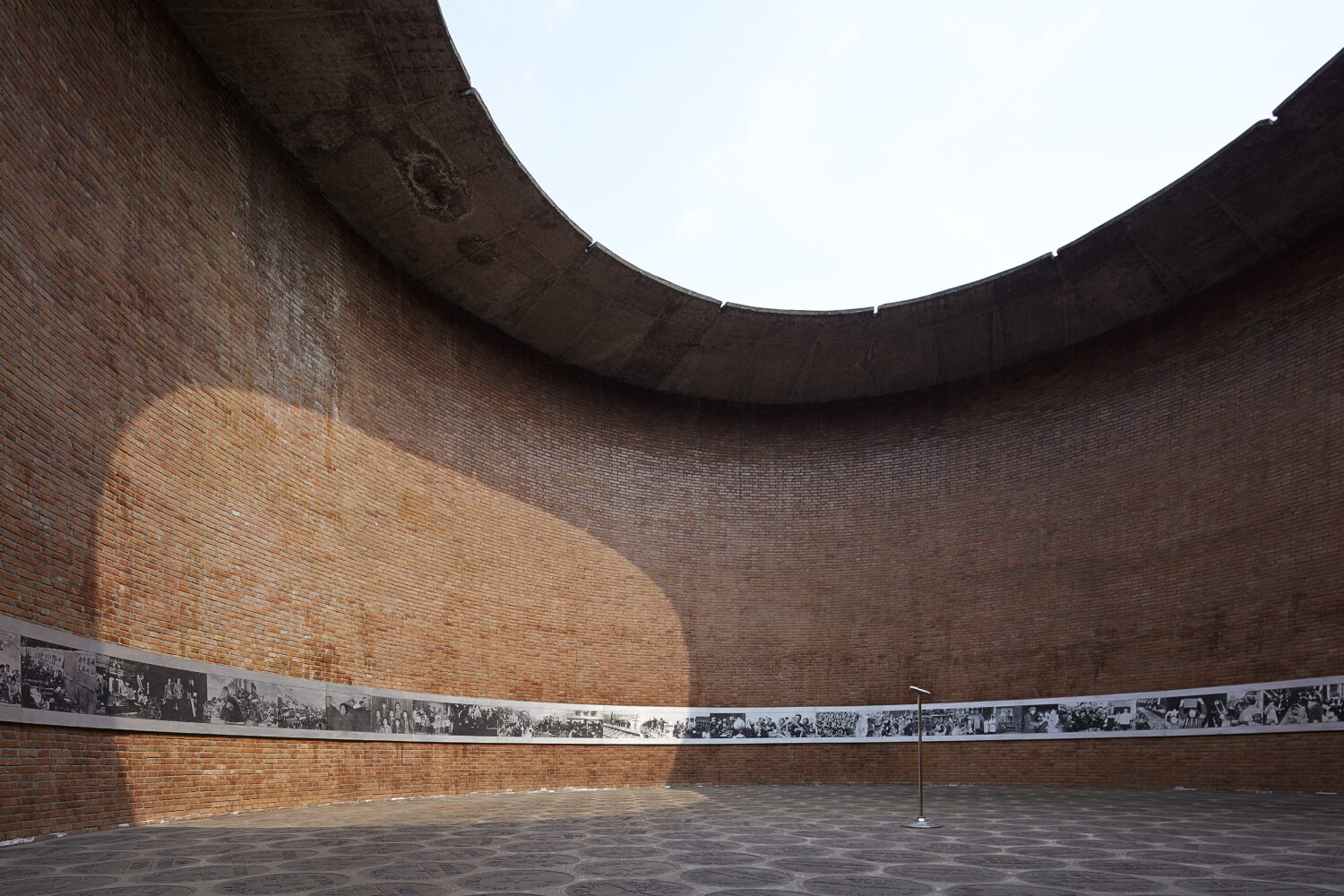
Museum of Clocks, Jianchuan Museum Cluster, photo courtesy of Bi Kejian
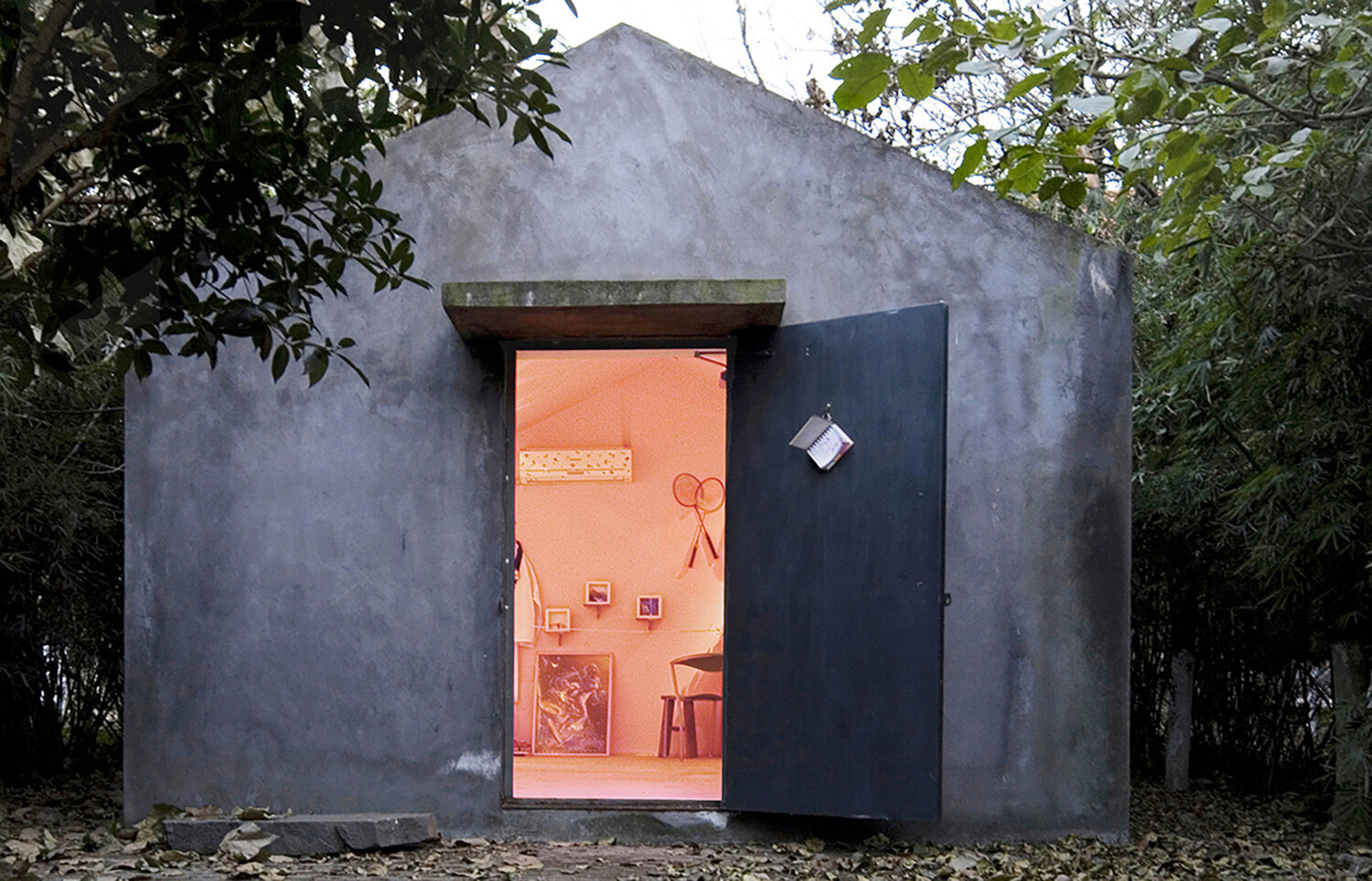
Hu Huishan Memorial, photo courtesy of Bi Kejian
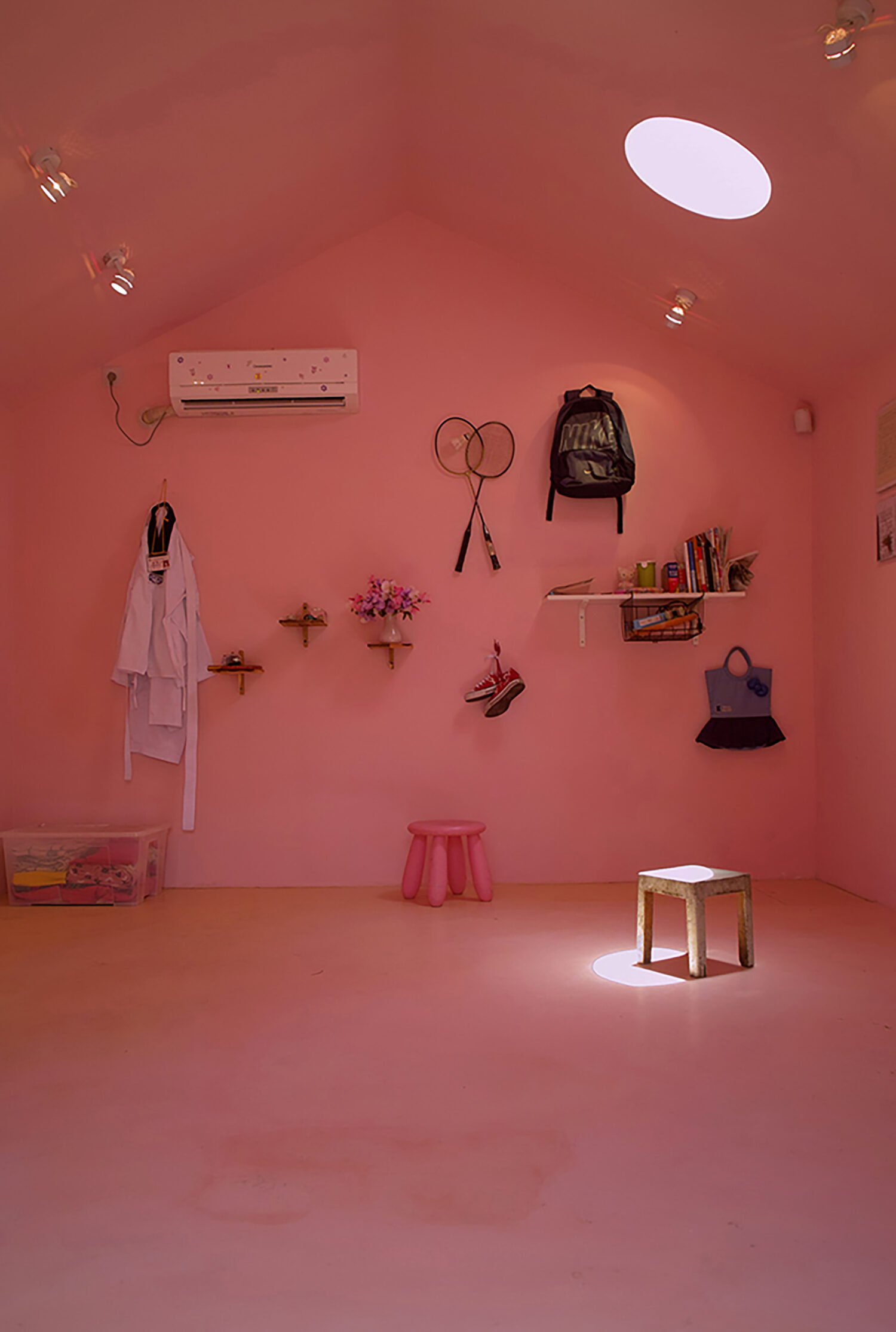
Hu Huishan Memorial, photo courtesy of Bi Kejian

The Renovation of Tianbao Cave District of Erlang Town, photo courtesy of Arch-Exist

The Renovation of Tianbao Cave District of Erlang Town, photo courtesy of Arch-Exist
In the Luyeyuan Stone Sculpture Art Museum in Chengdu, Jiakun created a space where architecture and nature harmoniously blend. The museum, set in a landscape reminiscent of classical Chinese gardens, employs a language of local materials and traditional construction techniques. It is not merely a building but a narrative about heritage, memory, and the delicate balance between innovation and history.
Similarly, in the West Village Basis Yard, the architect proposed an urban model based on the idea of community. Instead of anonymous apartment blocks, he designed a system of open courtyards and public spaces where life unfolds naturally. This project demonstrates that architecture can act as a catalyst for social bonds while simultaneously addressing the challenges of modern urbanism.
One of Jiakun’s most symbolic works is the Hu Huishan Memorial, commemorating the victims of the Sichuan earthquake. He used debris from destroyed buildings, transforming them into “bricks of rebirth.” This gesture—simple yet profoundly meaningful—encapsulates the essence of his architecture: responding to reality, addressing crises, and simultaneously finding space for renewal and life.
Liu Jiakun’s selection as the 2025 Pritzker Prize laureate aligns with a broader trend of honoring architects for whom social and ecological responsibility is paramount. Recent winners illustrate this shift: Diébédo Francis Kéré in 2022, Anne Lacaton and Jean-Philippe Vassal in 2021, and Riken Yamamoto in 2024. Each of them has moved away from spectacular architecture in favor of designs that respond to real human needs.
Awarded since 1979, the Pritzker Prize is regarded as the highest honor for a living architect. Over the years, noticeable gender disparities among laureates have led to controversies, such as the omission of Denise Scott Brown in 1991 when the award was given solely to her partner, Robert Venturi. Though such issues persist, recent years have shown clear shifts in the jury’s approach to selecting winners. A new era for the Pritzker Prize began under the leadership of Manuela Lucá-Dazio, who brought a fresh perspective to the selection process. Previously the Executive Director of the Visual Arts and Architecture Department at the Venice Biennale, she managed exhibitions featuring distinguished curators, architects, artists, and critics. Lucá-Dazio has played a significant role in expanding the prize’s reach beyond the traditional Western canon.
Honoring Liu Jiakun aligns with this narrative. It also symbolically acknowledges China—a country that has long remained on the periphery of global architectural discourse despite its vast scale of construction and urban experimentation. This selection demonstrates that the jury is beginning to recognize not just individuals but also the geopolitical significance of architecture in the context of global change.
Liu Jiakun’s selection raises questions within the architectural community that have no simple answers. Is the future of architecture primarily about local actions? Should we move away from grand, global narratives in favor of micro-interventions? In a world increasingly valuing adaptability and resilience, his selection may signal a reevaluation of architectural priorities.
There is something profoundly symbolic about an architect winning the prize whose work is centered on humility and the ability to respond to context. At a time when architecture often becomes self-referential, Jiakun reminds us that its fundamental purpose is to address the needs of people and the environment. It seems obvious, doesn’t it? And yet, we return to architecture’s core principles.
The 2025 Pritzker Prize is no coincidence. It is not just an award for an individual but also a manifesto by the jury. It signals that the future of architecture does not belong to grand gestures but to those who can attentively listen to the world and its needs.




